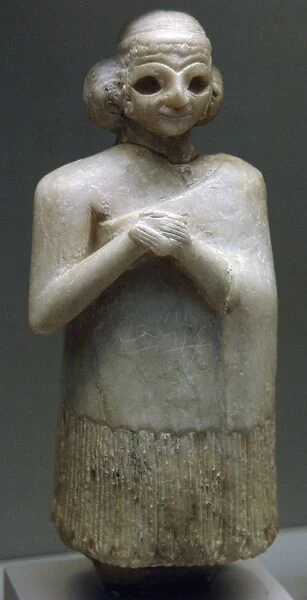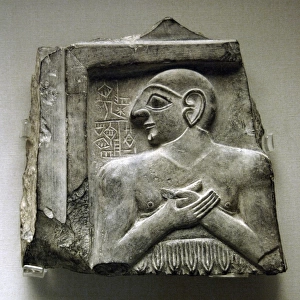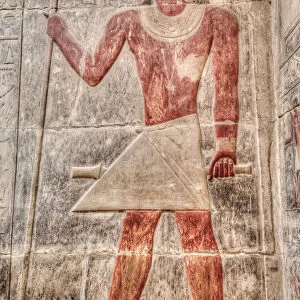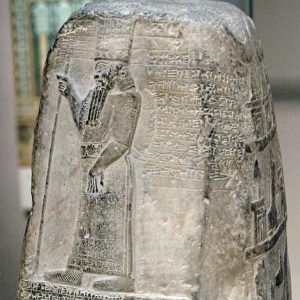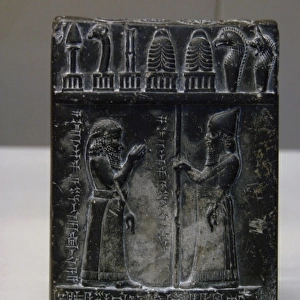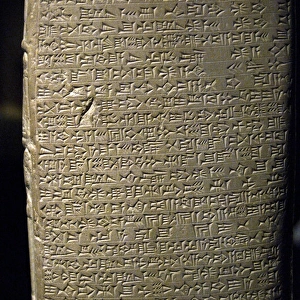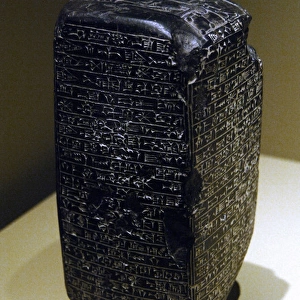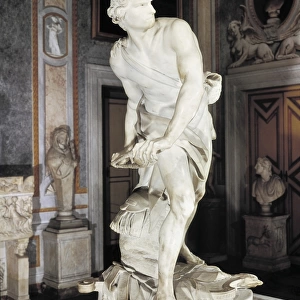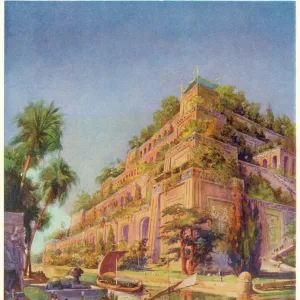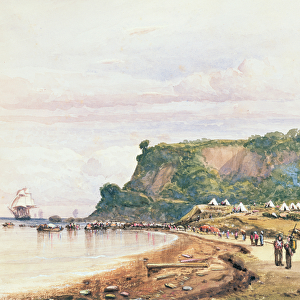Home > Europe > United Kingdom > England > London > Sights > British Museum
Mesopotamia. Gypsum statue of a woman. Early Dynatic period
![]()

Wall Art and Photo Gifts from Mary Evans Picture Library
Mesopotamia. Gypsum statue of a woman. Early Dynatic period
Mesopotamia. Gypsum statue of a woman. Early Dynatic period. 2400-2300 BC. Placed in an temple as an act of decotion. British Museum. London. England. United Kingdom
Mary Evans Picture Library makes available wonderful images created for people to enjoy over the centuries
Media ID 14337744
© Thaliastock / Mary Evans
Antique Devotion Dynastic Gypsum Iraq Mesopotamia Mesopotamian Millenium Near Statuette Sumer Sumerian
FEATURES IN THESE COLLECTIONS
> Asia
> Iraq
> Related Images
> Europe
> United Kingdom
> England
> London
> Museums
> British Museum
> Europe
> United Kingdom
> England
> London
> Sights
> British Museum
> Europe
> United Kingdom
> England
> Sculptures
EDITORS COMMENTS
1. Title: "A Revered Figure of the Early Dynastic Period: A Gypsum Statuette of a Woman from Mesopotamia, British Museum, London" This evocative image showcases a mesmerizing gypsum statuette of a woman from the Early Dynastic period of Mesopotamia, now housed in the prestigious British Museum in London, England. Dating back to approximately 2400-2300 BC, this ancient artifact offers a captivating glimpse into the rich cultural heritage of the ancient Near East. The woman, dressed in the traditional attire of the time, is depicted with an air of grace and poise. Her intricately detailed garment, adorned with delicate patterns and fringes, is a testament to the advanced textile techniques of the Sumerian civilization. Her hair is styled in an elaborate wig, a common practice among the elite during this era. This statuette was likely placed in a temple as an act of devotion, symbolizing the reverence and respect the ancient Mesopotamians held for their deities and their divine feminine. The statue's delicate features, expressive eyes, and serene expression evoke a sense of tranquility and spiritual connection, making it a striking representation of the artistic and cultural achievements of the third millennium BC. The gypsum material used to create this statuette was a popular choice for sculpting during the Early Dynastic period due to its malleability and ability to capture fine details. This exquisite artifact, with its intricate design and historical significance, serves as a powerful reminder of the enduring legacy of Mesopotamian civilization and its profound impact on the development of human history. The British Museum, located in the heart of London, is home to a vast collection of world art and artifacts, including this mesmerizing gypsum statuette of a woman from Mesopotamia. A visit to this esteemed institution offers an unparalleled opportunity to explore the intricacies of human history and the artistic masterpieces that have shaped our world.
MADE IN AUSTRALIA
Safe Shipping with 30 Day Money Back Guarantee
FREE PERSONALISATION*
We are proud to offer a range of customisation features including Personalised Captions, Color Filters and Picture Zoom Tools
SECURE PAYMENTS
We happily accept a wide range of payment options so you can pay for the things you need in the way that is most convenient for you
* Options may vary by product and licensing agreement. Zoomed Pictures can be adjusted in the Cart.

